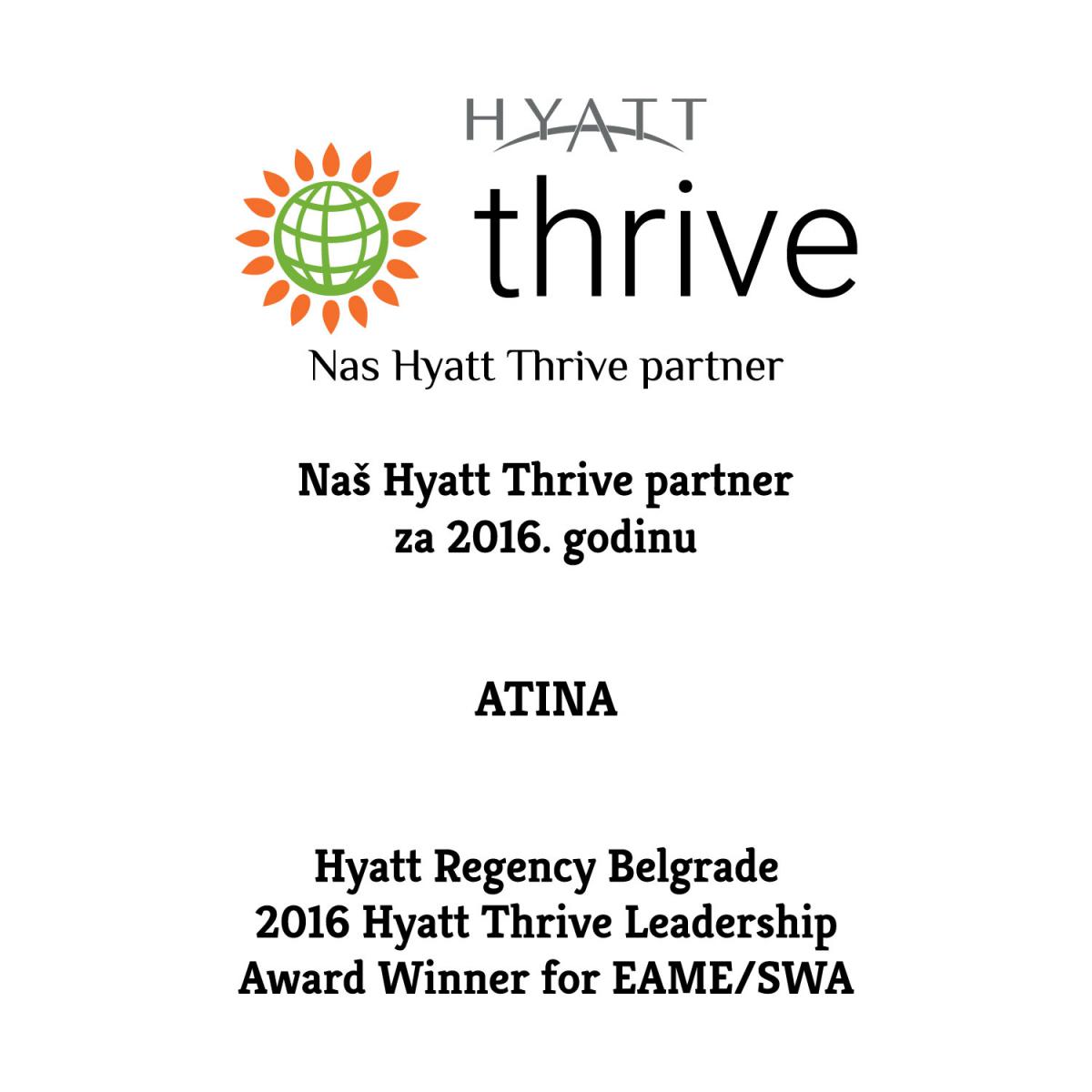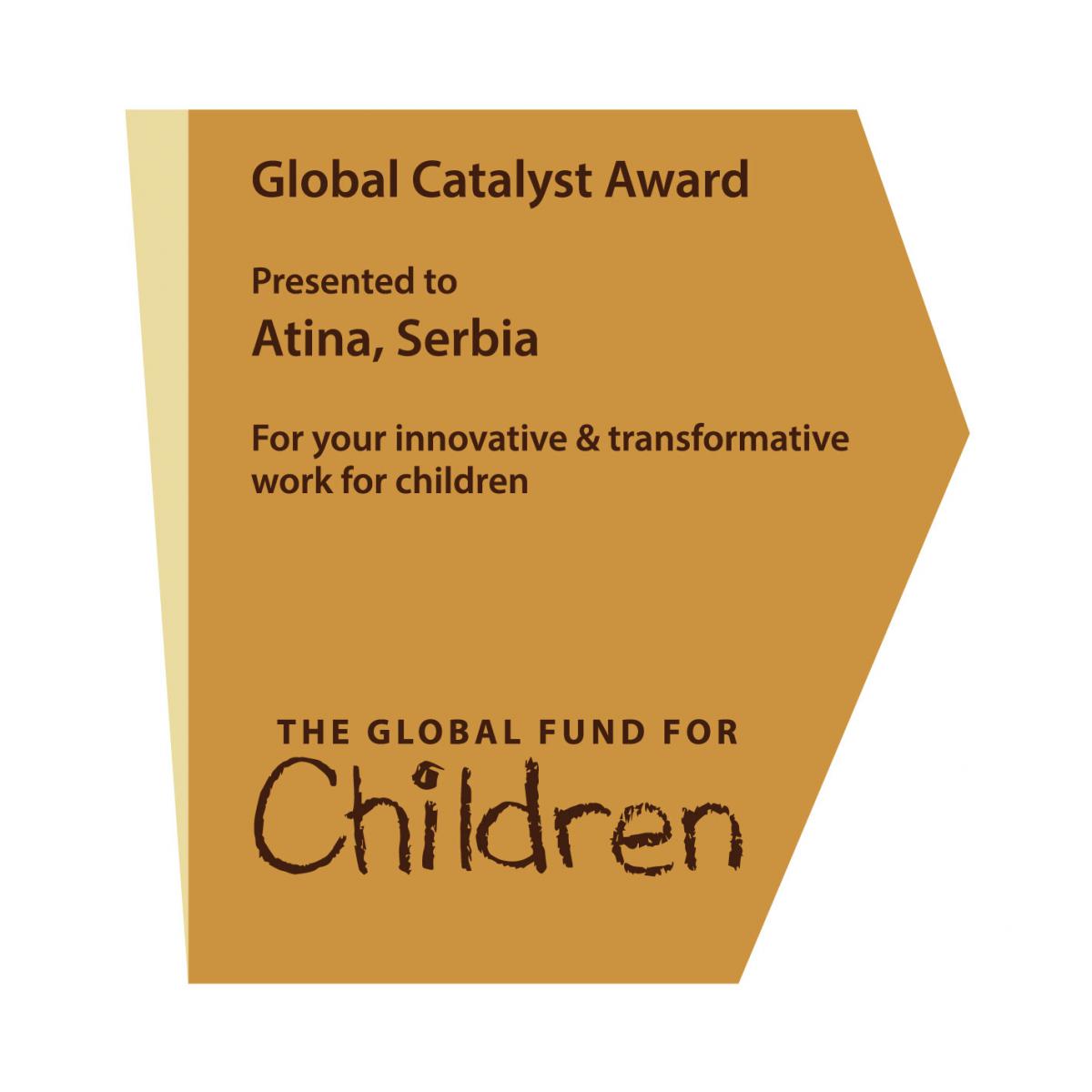Hotline: +381 61 63 84 071
How can we support girls on the move?

Photo: Piroshki Photography
How can we support girls on the move?
We know that girls on the move are incredibly brave, resilient and strong. But that does not mean we can ignore their struggles. In the Global Research Series Summary Report, we can find many recommendations on how to better support girls on the move, so that their migration journeys do not have to be so hazardous, and to combat the several human rights abuses and violations that they face throughout the way.
What can we do to address the needs of girls on the move?
The most important thing that we can do is listen to girls on the move themselves, learn their stories, experiences and understand what they need. From informal conversations to consultations and qualitative research, we must ensure that the voices and stories of the girls inform all policies and programs.
We must also make gender analysis a prerequisite in research, programming and advocacy, to keep girls on the move from falling between the cracks. In this context, always collecting gender and age segregated data is of the utmost importance. Considering the prevalence of gender-based violence in girls’ migration, gender-based violence prevention and response should become a core aspect of programming and policy that targets children, both in origin communities and throghout transit and destination countries. Specific efforts must also be made to address the xenophobia that permeates girls’ migration journeys and hinders their integration in foreign societies.
In addition, we have to recognize the diversity of girls on the move, and adapt our intervention according to different factors that can impact girls’ lives and experiences, such as disability, motherhood, and trauma. In this context, it is important to challenge the narrative of girls as either ‘victims’ or ‘victors’, and acknowledge the complexity of their identities and personal journeys.
What kind of programs do girls on the move need?
Now that we know what we must do, what kind of programs should we invest on to address the needs of girls on the move? First, it is important to prepare and equip girls on the move, speficially through peer learning sessions, awareness-raising and dissemination of information, as part of wider harm-reduction strategies. In the long term, drivers of migration should also be investigated and addressed.
We must also create programmes that build on peer-to-peer support or intergenerational solidarity among women and girls. Research has shown how girls on the move trust fellow girls and female family members and friends most of all, so creating networks of solidarity can go a long way to support them. Also very important is to provide girls-only safe spaces to strengthen girls’ empowerment, support networks and skills, and we must make sure that girls in vulnerable situations feel just as included.
As part of recognizing the diversity of girls on the move, we should also integrate child care as part of programming and target young caregivers. Many girls on the move are young mothers, and some become pregnant and give birth during their migration journeys, so their child care needs must be taken into consideration.
Parents of child on the move should also be offered positive parenting programs, meaning, initiatives that can help parents better protect their children from abuse and improve child-parent communication, even in unstable situations.
We should also learn from girls’ experiences and engage a broad variety of stakeholders, including those that we might not think about at first but that the girls are regularly in contact with, such as truck drivers.
What kind of policies can support girls on the move?
Besides investing in specific programs, we must also consider broader structural issues that keep girls on the move in at-risk situations. That is why we must advocate for policies that can promote their rights, such as advocate for the protection of undocumented girls on the move and hold authorities accountable to realise their rights.
We must also challenge state policies aimed at further restricting migration and making legal entry into a country harder. Whenever migration regulations tighten, even when it is to “stop trafficking”, the risk for girls on the move increases and they are more vulnerable to predatory traffickers, smugglers, and other perpetrators of violence,
Furthermore, we must ensure effective access to asylum procedures and promote durable solutions for girls on the move and their families, which includes creating gender and age sensitive asylum procedures and integration policies, that can allow families and girls to live independently and access permanent residency. Throughout girls’ migration journey, they must also have access to health services, including sexual and reproductive services and psychosocial activities.
Knowing that girls on the move usually fall between the cracks, we must improve child protection procedures upon identification at the borders and involve child protection agencies, to ensure child safeguarding protocols are followed.
To counter misinformation disseminated by traffickers and smugglers, we must also ensure effective access to age and gender-sensitive information about children’s rights, support services and legal options in countries of transit and destination. If girls and their families have access to accurate information about the dangers they face and their rights, we might prevent them from becoming victims of trafficking and exploitation, as well as other human rights abuses and violations.
Finally, we have to make accountability for human rights violations affecting girls on the move our priority by ensuring age-appropriate and gender sensitive reporting mechanisms. Disagreggated data collection will also play a key role to understand what exactly is happening on the ground through different migration routes.
Organizations Atina and Save the Children have been working for years to improve the position of "girls on the move", in particular by providing direct assistance and support tailored to their needs. As part of the "Pippi of Today" project, extensive activities are being carried out to comprehensively support these girls to exercise their rights, as well as advocacy activities aimed at improving their position. The project is supported by the Swedish Save the Children and relies on ideas proclaimed by the most famous literary figure of the Swedish writer Astrid Lindgren - Pippi Longstocking.












 FACEBOOK
FACEBOOK TWITTER
TWITTER YOUTUBE
YOUTUBE